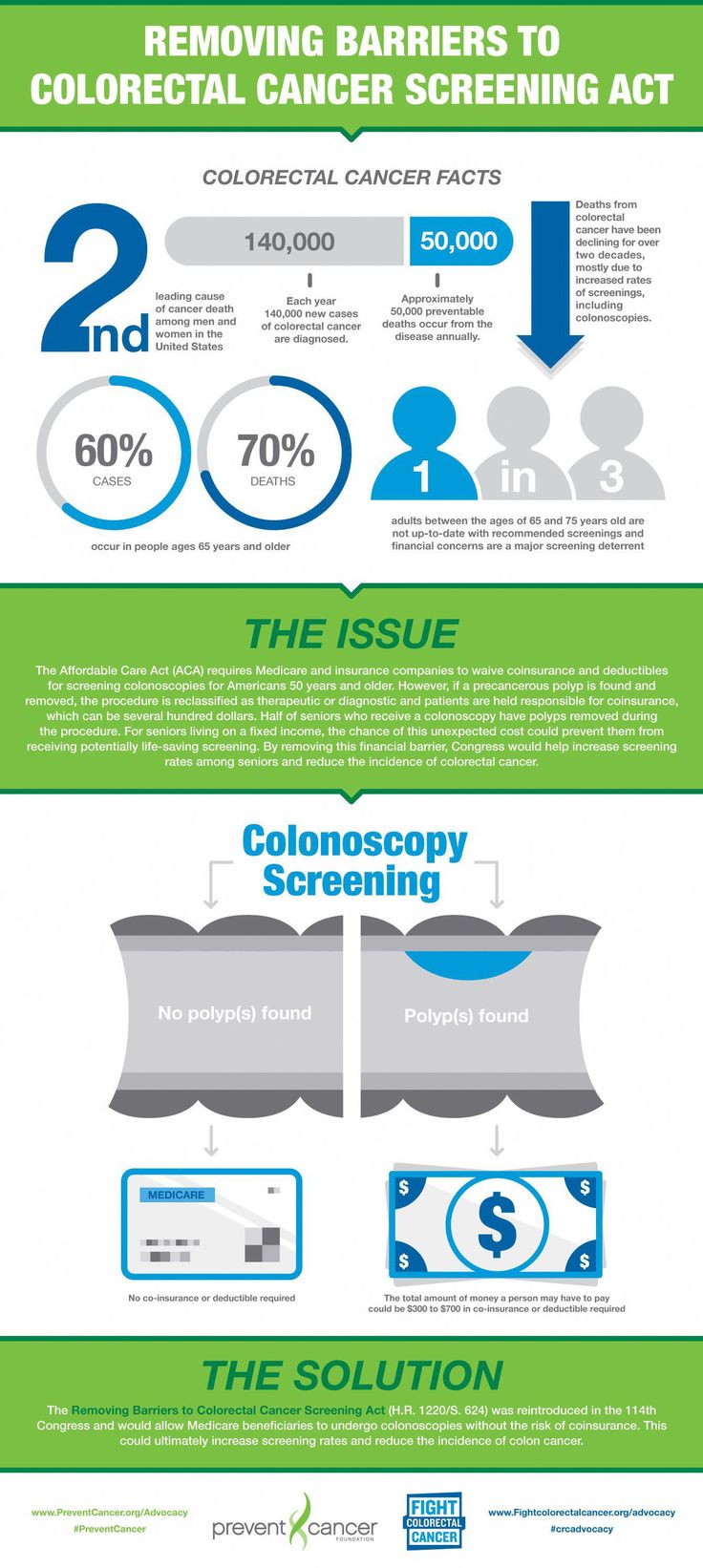Cold Laser Therapy For Smoking Cessation Explained
Cold Laser Therapy For Smoking Cessation Explained
Blog Article
Scientific Research on the Efficiency of Cold Laser Strategy
Cold laser treatment is a beneficial tool to aid in pain monitoring and the recovery procedure. It is typically utilized in sports medicine, dermatology and acupuncture.
Cold lasers permeate deep right into tissues and promote chemical changes without heating them. They reduce swelling and swelling, speed up mobile task and speed up healing.
Theoretical Background
Unlike the high-intensity lasers that surgeons usage to puncture cells, chilly laser therapy uses light-emitting diodes to penetrate right into your skin and advertise recovery. As these photons reach damaged cells, they start a chain reaction that enhances your cells' production of enzymes and increases your body's all-natural recovery processes.
The photons also lower discomfort with the manufacturing of endorphins and boost your body's capability to drain swollen areas by generating vasodilation (the growth of blood vessels). As a result, it helps you recoup from bone and joint injuries and discomfort more quickly.
Lots of people have actually become aware of cool laser treatment from their physiotherapist, chiropractic doctor or medical professional and may be questioning just how it works. Unlike many laser tools used in the medical area, which actually heat up cells, our modern equipment sends out cold laser beam that do not trigger any kind of home heating of your tissues. This enables your body to obtain the therapeutic benefits without causing any side effects.
Scientific Tests
Cold laser treatment is frequently suggested as a therapy alternative for patients who have bone and joint discomfort and injuries. It can be made use of to reduce inflammation, enhance cells and speed up the body's all-natural recovery procedures.
Non-thermal photons of red and infrared laser radiation are absorbed by the light sensitive aspects in cells and start a rise in intracellular metabolic rate that increases cell reproduction, decreases swelling, gets rid of edema and reduces recovery time.
Unlike the light that is generated by sunshine or standard lights, laser light is parallel (all wavelengths travel in the same direction), coherent and monochromatic. These homes enable laser power to permeate much deeper right into the cells.
Numerous professional tests have actually revealed that LLLT can be reliable in lowering discomfort in the bone and joint system. Nevertheless, even more properly designed researches are required to review the optimum setups for laser irradiation and to establish its performance in details problems, such as dental mucositis in cancer cells clients getting chemotherapy or radiotherapy, and wound healing (including diabetic person abscess adhering to hammertoe surgical procedure). This Aetna plan publication does not deal with other uses of LLLT, including the therapy of numerous skin diseases.
Verdicts
Unlike medical lasers that can ruin growths or coagulate tissue, cold laser treatment does not warm the body's cells. Instead, the light promotes your cells to produce adenosine triphosphate, which speeds up the repair procedure of damaged cells.
Aetna takes into consideration low-level laser (LLL) treatment clinically needed for the prevention of oral mucositis related to cancer cells therapy (chemotherapy, radiation therapy, hematopoietic stem cell transplantation) and non-cancer therapies (such as radiodermal injury, fibromyalgia). Numerous research studies showed that LLT can be effective in reducing PU symptoms without damaging impacts. Nevertheless, distinctions in research layouts and laser dosimetry made contrast of the results difficult; RCTs with low risk of predisposition are needed. Using a 660 nm wavelength and greater power thickness seems extra effective than the other studied laser wavelengths. This could be because the other wavelengths may promote inflammatory processes and trigger more adverse effects. The impact of the kind of laser utilized is likewise crucial; the writers recommend that future research study concentrate on examining various kinds of lasers and their doses to figure out the ideal combination of laser specifications for PU prevention.
Recommendations
Cold laser therapy is used by dental professionals to treat inflamed gum cells, medical professionals to reduce discomfort brought on by rheumatoid joint inflammation, and physiotherapists to speed the healing of muscle, tendon, and ligament injuries. Several clinical insurance policy strategies cover this treatment.
Unlike hot lasers, which have a thermal effect on tissues, cold lasers (additionally called low-level lasers) boost the mobile energy of the skin. Photons from the laser light penetrate into the cell, causing a collection of chemical modifications that promotes regeneration and reduces swelling.
In order to work, lasers need to be correctly setup and used. This is why it is not suggested to acquire an economical non-prescription laser gadget and try to treat on your own in the house. A skilled specialist is required to make certain that the gadget is utilized correctly to decrease the danger of eye injury and maximize its effectiveness. The laser tool should be adjusted to the proper setup, strength, frequency, and position of the laser laser treatment on the therapy location.